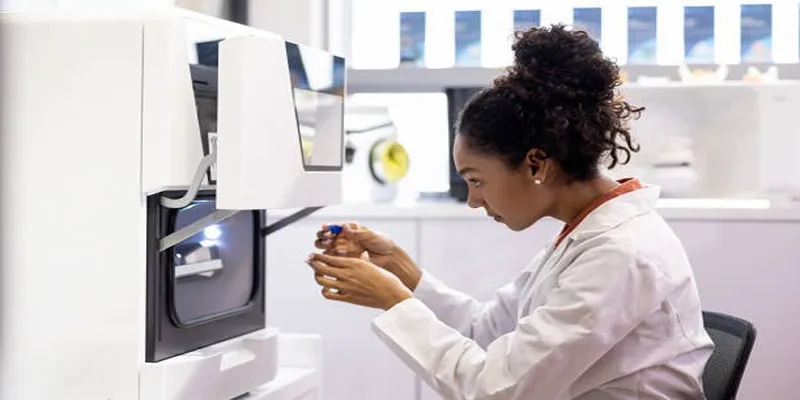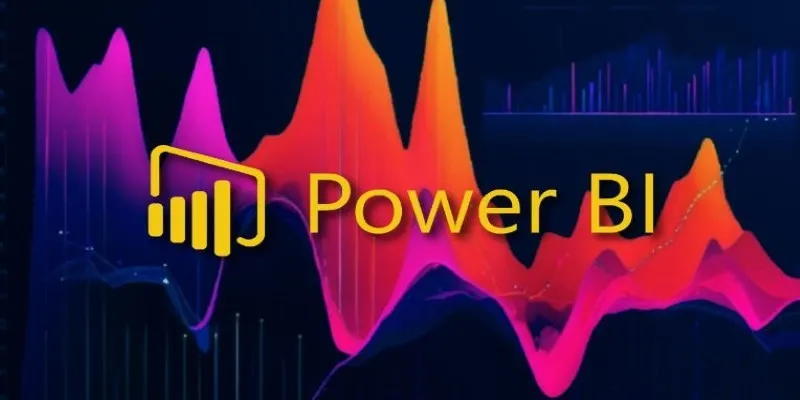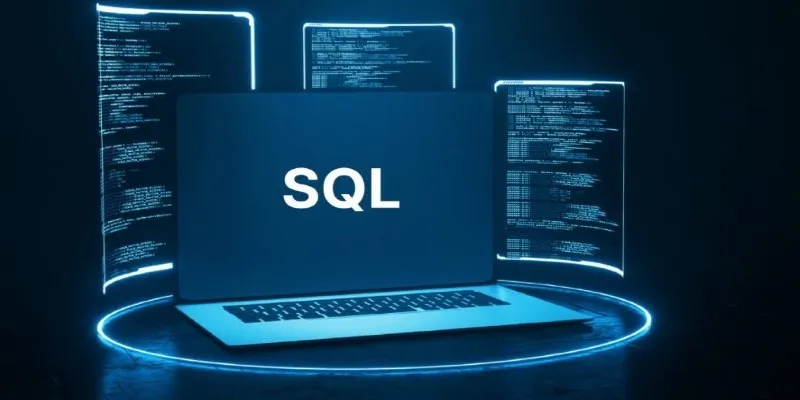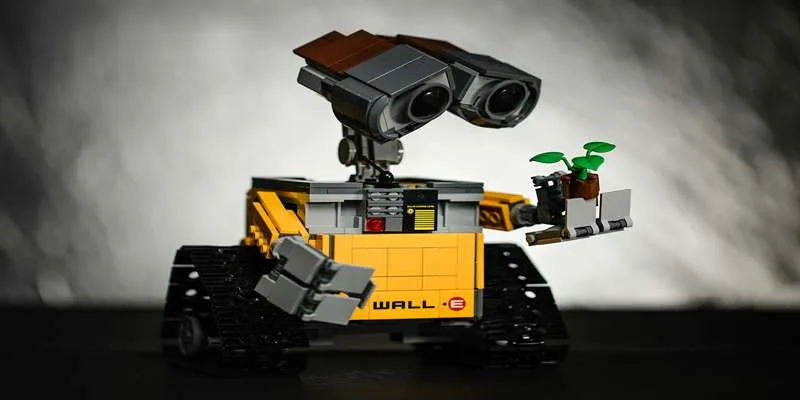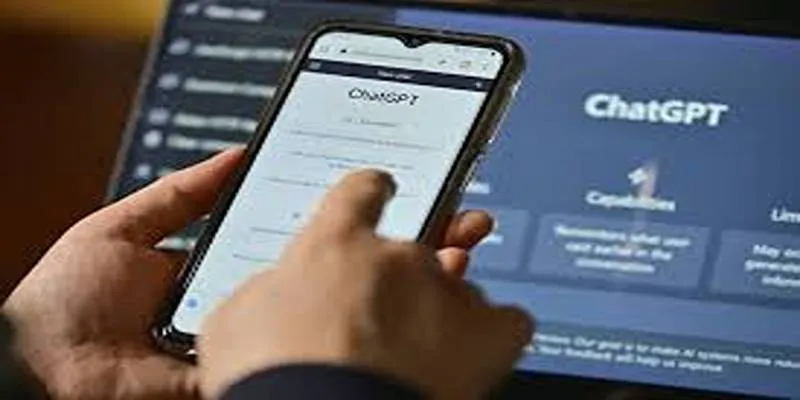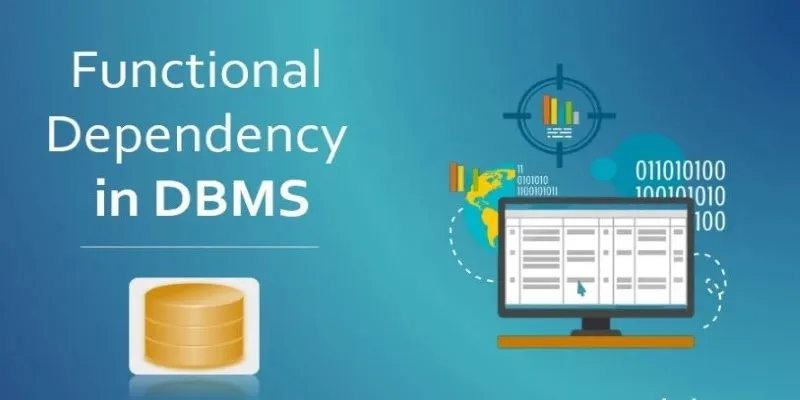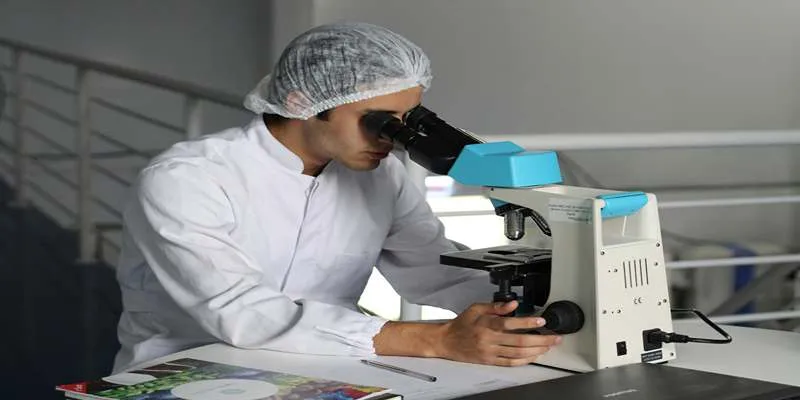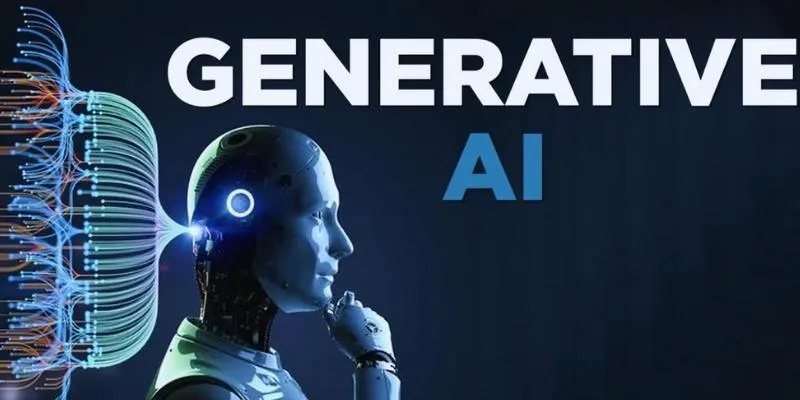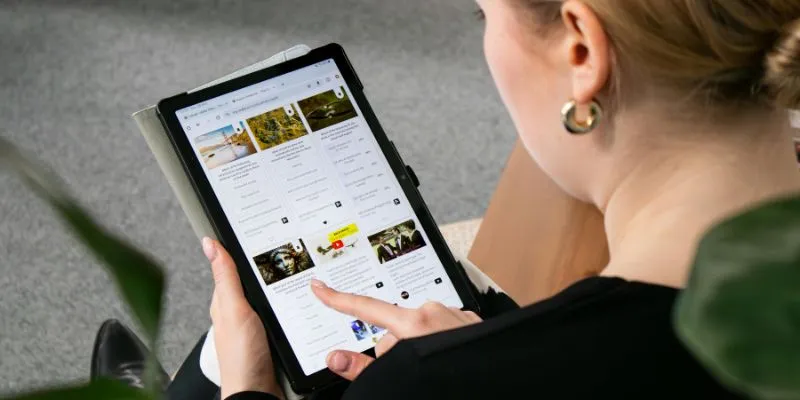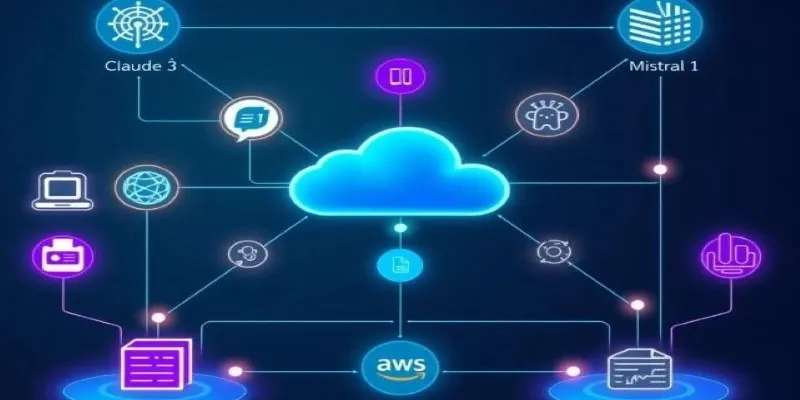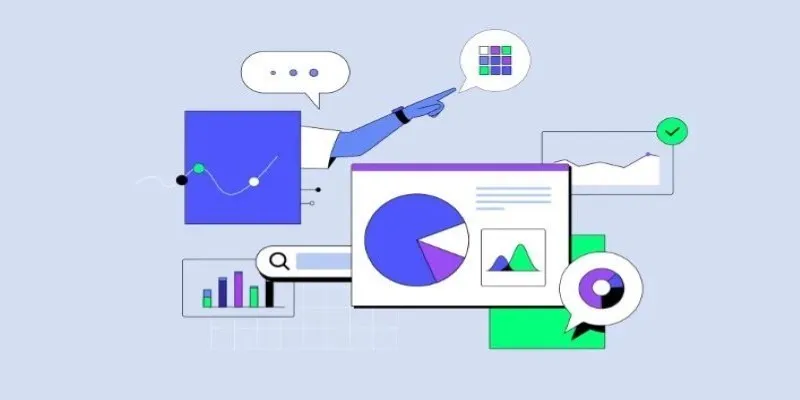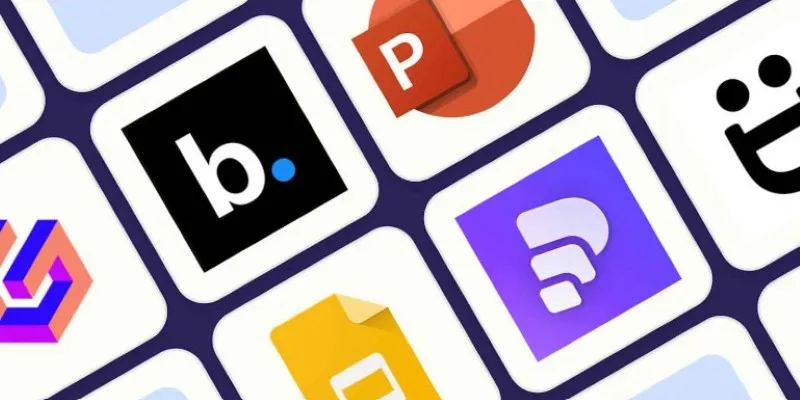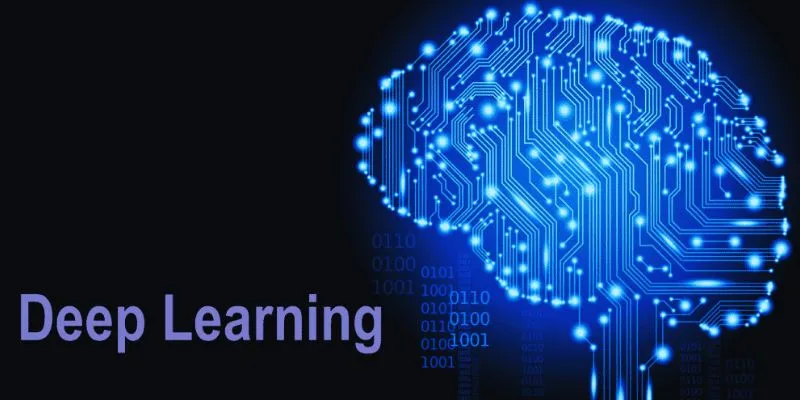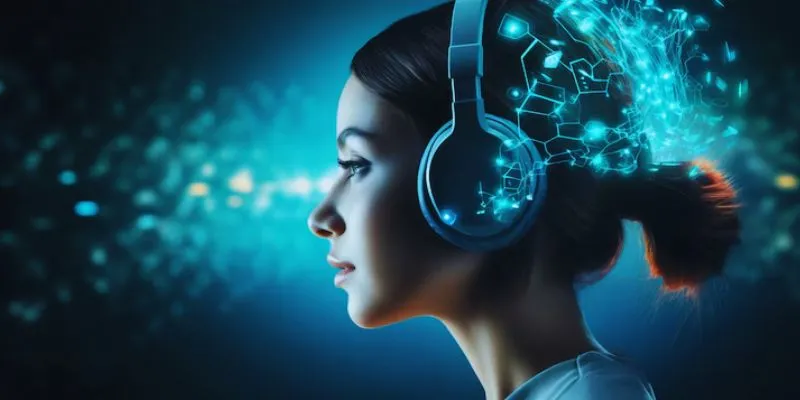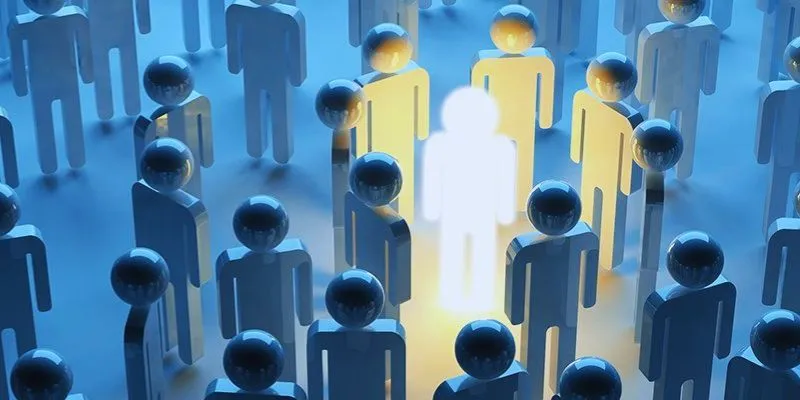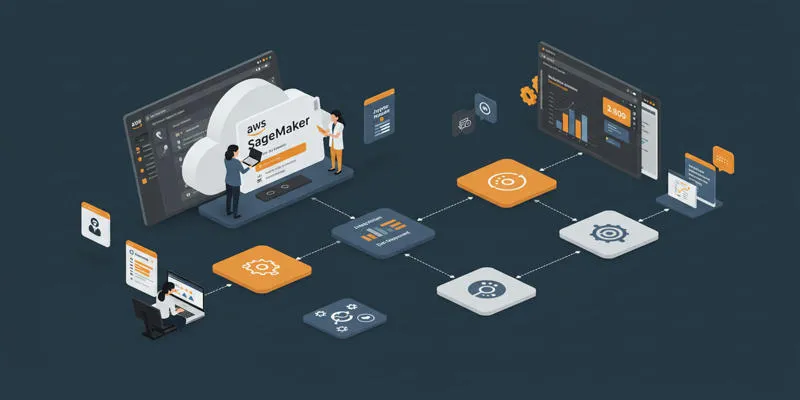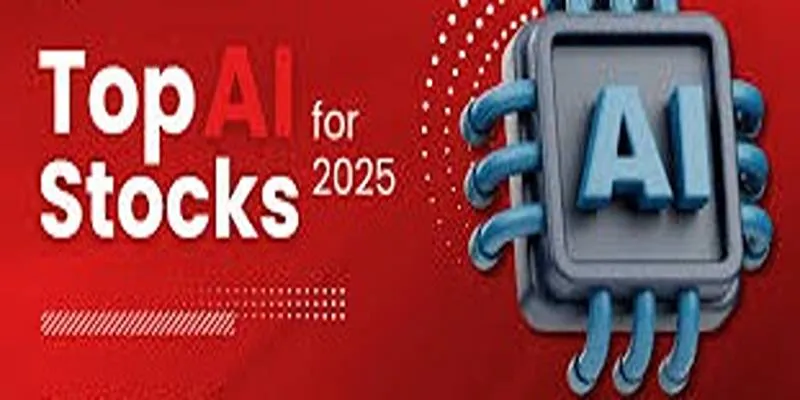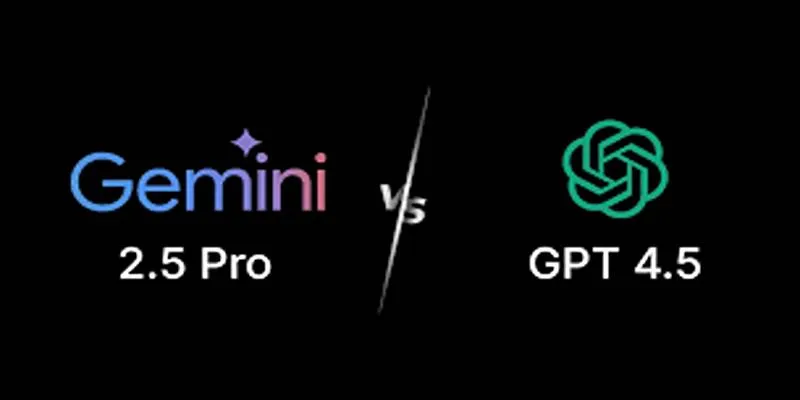The retail environment is undergoing a major transformation thanks to technology. Among the most fascinating tools available is computer vision, which allows machines to view and comprehend images like humans. This technology speeds up and smartly aids store operations. Retailers can track shelves, monitor consumer movements, and simplify shopping using computer vision. It also enhances marketing and helps identify theft. As a result, customers receive better service, and businesses grow.
Stores are applying this technology in various ways to stay ahead of consumer demands. Computer vision assists with everything from stock inspection to checkout efficiency and learning consumer behavior. Even internet retailers leverage it to suggest products and enhance the browsing experience. This article will explore five straightforward and clear ways in which computer vision is improving the retail sector.
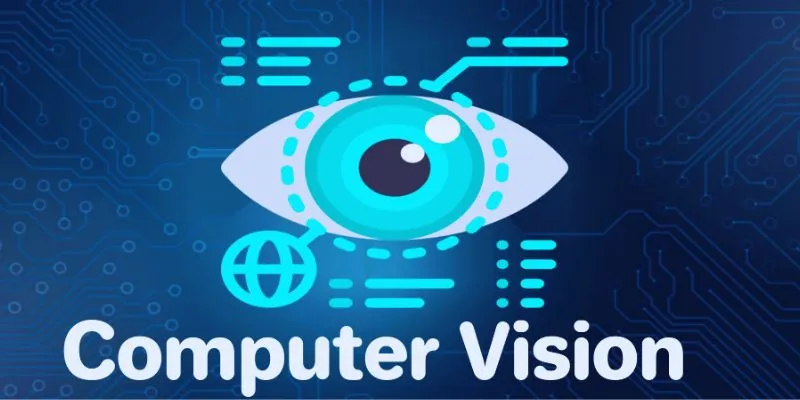
5 Ways Computer Vision Is Transforming the Retail Industry
Here are the five main ways computer vision is fundamentally altering current retail industry operations:
Smart Shelf Monitoring and Inventory Tracking
Computer vision is revolutionizing how retailers manage shelves and stock levels. Stores can now monitor shelves in real-time with cameras and image recognition. These intelligent systems detect missing, misplaced, or low-stock items. The system alerts store employees immediately so they can replenish shelves swiftly, leading to less clutter and improved customer service. It also prevents both overstocking and understocking of products. By monitoring product sales, stores can better schedule their orders, reducing waste and saving money. Manual shelf checking by staff members is no longer necessary, saving time and effort. Instead, they can focus more on customer service. In inventory tracking, computer vision also helps prevent human errors. This technology makes stores more organized and efficient, allowing customers to find what they need more easily and enjoy a better experience. Overall, it keeps shelves fully stocked and enhances operations.
Enhanced Checkout Experience With Cashierless Technology
Long checkout lines are a common issue in retail, but computer vision is helping to solve this. Cashierless technology allows customers to shop faster and with less hassle. Sensors and cameras placed in the store monitor what consumers pick up. The system creates a virtual cart as people navigate the store. Upon exiting, customers are automatically charged for the items they selected. There’s no need to wait in line or scan each item, speeding up the shopping trip and increasing convenience. It also reduces checkout errors, such as incorrect pricing or missing items. Staff can then focus on serving customers rather than just operating registers. By needing fewer checkout counters, stores save money. Customers enjoy a better experience and save time. Many others are emulating big companies like Amazon, which have already adopted this technology. Shopping becomes more efficient with this smart, straightforward solution.
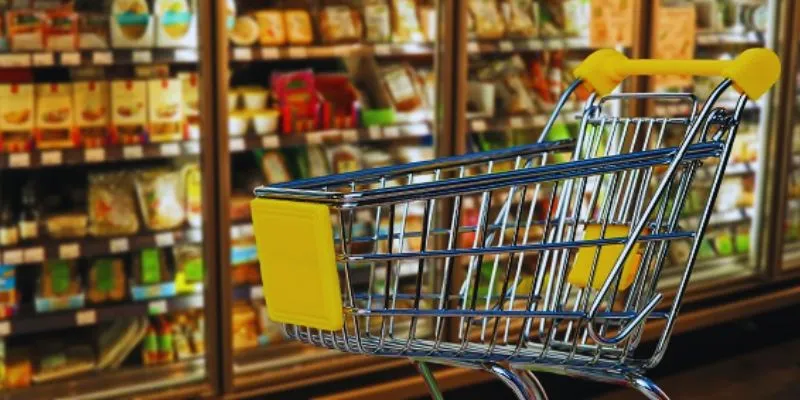
Better Customer Behavior Analysis
Improving service hinges on understanding consumer buying patterns, and computer vision makes a significant difference. Cameras around the store track customer movement, stopping points, and objects of interest. This data reveals which displays attract attention and which are overlooked, guiding stores in understanding what works and what doesn’t. For instance, if many people walk past an area without stopping, the layout may need adjustments. Spending more time in one area suggests it captivates customers. It enables better product arrangement in stores and more intelligent promotions. It also clarifies the peak times for foot traffic, allowing managers to adjust staffing schedules to match busy periods. With this knowledge, stores can make more informed decisions on inventory, advertising, and design. Improved layouts and smarter product placement benefit consumers. Computer vision turns basic behavior into strategic decisions for expanding retail stores.
Improved Loss Prevention and Security
Retail theft is a significant issue, but computer vision is cleverly helping to reduce it. Security cameras equipped with advanced vision software can now instantly identify suspicious behavior. If someone tries to conceal an item or alter a price tag, the system can immediately alert employees. This prevents theft before it occurs. It also reduces the risk of missing critical information—something human guards might overlook. Some stores allow the system to recognize returning offenders and alert security upon entry. It also looks for unusual patterns indicative of fraud, such as unauthorized employee behavior or fraudulent returns. Unlike standard cameras, these systems can automatically assess activities and behavior. This makes stores safer for both employees and customers. It also helps offset theft-related revenue loss. Reduced losses enable retailers to keep prices reasonable and invest more in enhancing offerings for honest customers.
Personalized Shopping and Targeted Marketing
Personalized service enhances the shopping experience, and computer vision facilitates that. Smart store displays can present product recommendations based on the person nearby. A customer exploring shoes might see ads for sandals or sneakers. Computer vision can even recognize returning customers and suggest products they previously enjoyed, making the shopping trip more useful and personal. Online, the technology tracks user views and recommends similar products, making suggestions more relevant and accurate. Stores also gather insights on which ads or displays are most engaging, shaping future store layouts and marketing strategies. Offering products that appeal to each consumer helps businesses build loyalty and trust. When customers feel understood, they are more likely to return. Companies can also send personalized offers based on customer behavior. Computer vision makes shopping simpler, smarter, and more personalized at every stage of the process.
Conclusion:
Computer vision is transforming daily retail operations. It ensures faster checkouts, better store management, and well-stocked shelves. Retailers gain valuable insights into consumer preferences and shopping behaviors. Security is enhanced, and loss prevention is more robust. Personalized service makes shopping enjoyable for everyone. This technology offers value to both store owners and buyers. As it continues to evolve, more stores will adopt these methods to stay competitive. All in all, computer vision is guiding the retail sector toward a smarter, faster, more consumer-friendly future.
 zfn9
zfn9
